Making tea is one of the most delicious ways to enjoy purple dead nettle.
This powerful plant packs a mean antioxidant punch, with a lip-smacking dose of vitamin C and an earthy aroma you can’t help but relish.
Read on for a step-by-step guide to brewing purple dead nettle tea at home, including alternative options for those who prefer iced or loose-leaf tea.
Read: How to identify and forage purple dead nettle
How to Prepare Purple Dead Nettle Tea
1. Gather the Plants
Harvest purple dead nettle once the morning dew has dried. Most of the flavor lies in the fuzzy leaves, so snip each plant a few centimeters below the last leaf. You need between four and six plants for a full-bodied infusion.
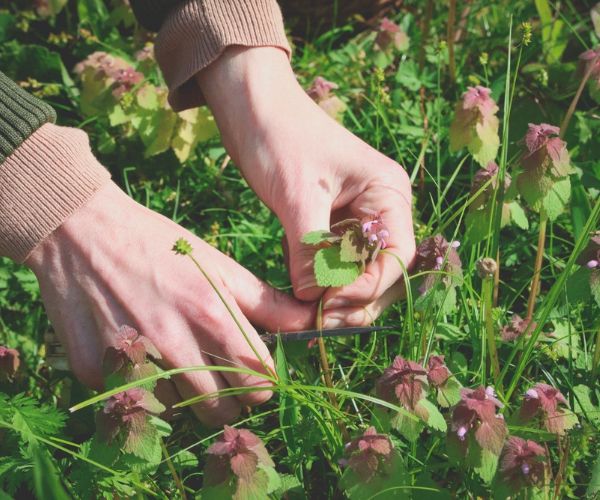
2. Trim the Leaves
Once you’ve gathered the plants, remove the leaves one by one. You can use the flowers and stems if you want, but the tiny seeds tend to get stuck in your teeth. They don’t have a pleasant texture, so using only the leaves will allow for a better experience.
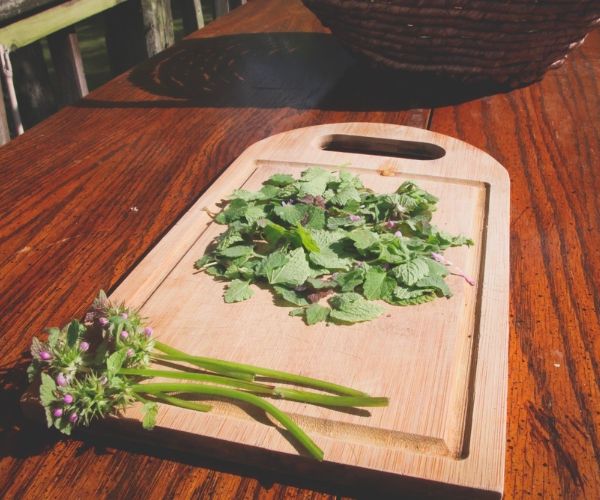
3. Wash the Leaves
Rinse the leaves in a bowl of water or give them a quick wash in the sink. This will remove any dirt, stray debris, or tenacious bugs. There’s no need to dry them since they’ll get wet again anyway.
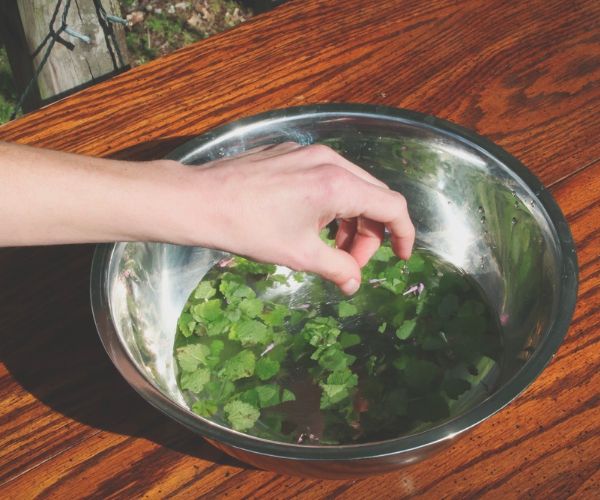
4. Ready Your Mug
Whip out your favorite cup. You can add the tea leaves to the bottom or place them in an infuser if you have one. When making tea from fresh herbs, it’s wise to go by flavor preference rather than measuring exact amounts. Start with a small handful of leaves. You can add more if it’s not strong enough for you.
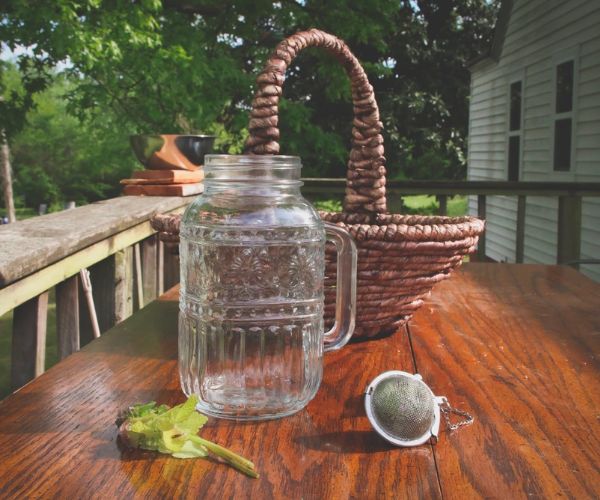
5. Boil and Steep
Fill the kettle with about eight ounces of water and put it to boil. Once it has boiled, you’ll pour it over the tea and leave it to steep for a few minutes. The longer you steep it, the greater the flavor and intensity.
If it’s health benefits you’re after, the jury’s still mostly out on steep time. However, some evidence shows that antioxidant levels rise most significantly between five and ten minutes.
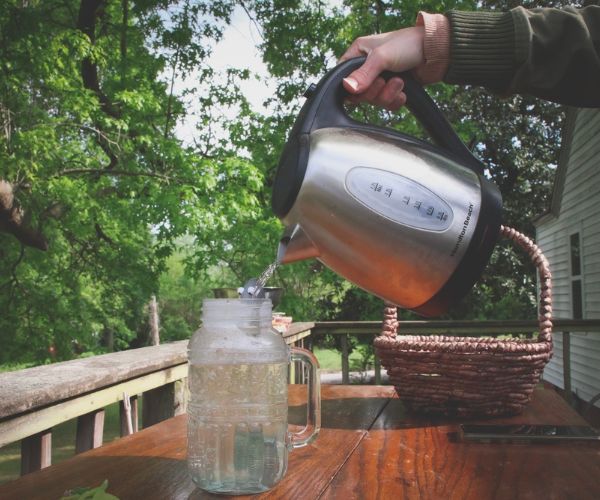
6. Strain and Enjoy
Take your infuser out of the cup. If you put the leaves directly in the bottom of your cup, you can just pick them out with a spoon. Now you’re ready to drink a hot, yummy cup of goodness. Enjoy!
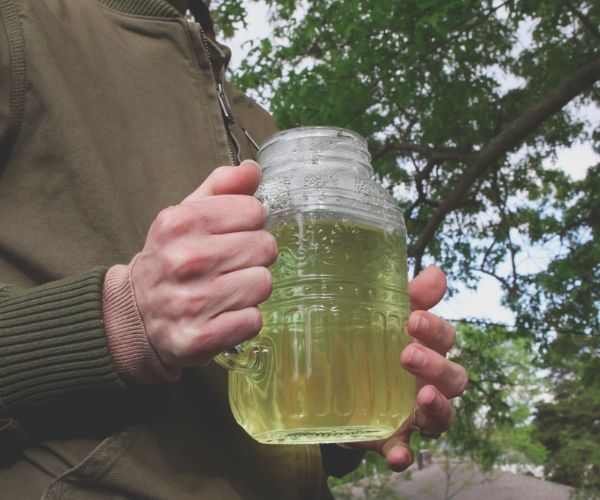
Alternative Ways to Make Tea
Iced Tea
Want to maximize the health benefits? Some clinical evidence suggests that cold-steeping may increase the bioavailability of antioxidants in tea.
Even if you don’t care about health, iced tea still hits the sweet spot on warm spring days. Instead of steeping your brew in hot water for five minutes, just steep it in cold or tepid water for two to three hours. Then, pour it over ice and drink up!
Loose-Leaf Tea
You don’t have to use fresh leaves for purple dead nettle tea. The growing season may not be particularly long where you are, so why not harvest a couple of pounds while it’s available? That way, you can use it all year long.
You’ll need to dry the nettles to make a loose-leaf tea, so don’t wash them in water. Instead, shake or brush the dirt away. Then, lay them on a napkin or screen and place them in an unused corner of the house.
It will probably take about a week for the plants to air-dry thoroughly. You can also use a dehydrator but don’t use the oven for herbs.
Once dry, grind the leaves in a coffee or herb grinder and store them in an airtight mason jar. You can mix them with other herbs, put them into tea bags, or just keep the ground leaves to use at your leisure.
Additives
There are a ton of other beneficial herbs you can forage for tea, including dandelion, chamomile, and rosehip. Try adding a few of them to purple dead nettle tea for an even bigger health boost and a wider variety of flavors.
If you grow your own herbs, add mint or lemongrass from your garden. If you like your brew sweeter or aren’t partial to the flavor of purple dead nettle alone, try adding a bit of brown sugar or honey to your mug.


Excellent info. Well presented. Extremely helpful. Many thanks
Great use of an available source. Step by step incisive instructions. Great pics too:)